Tag Yourself I’m The “Overdressed And Underappreciated”. Artist : Http://www.mattadrian.com/

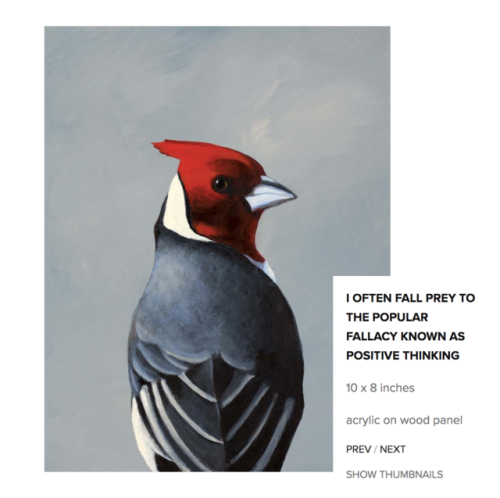
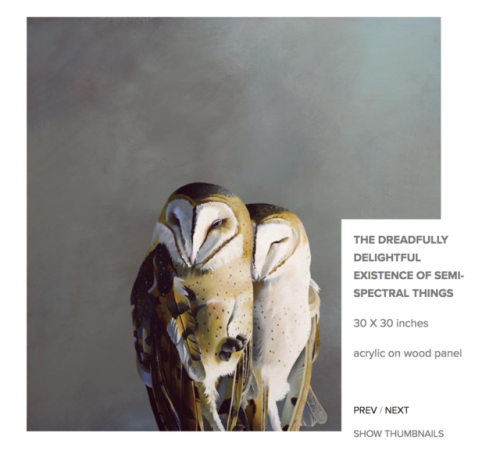





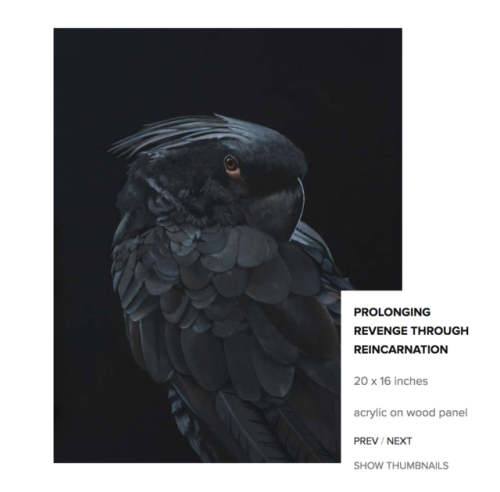
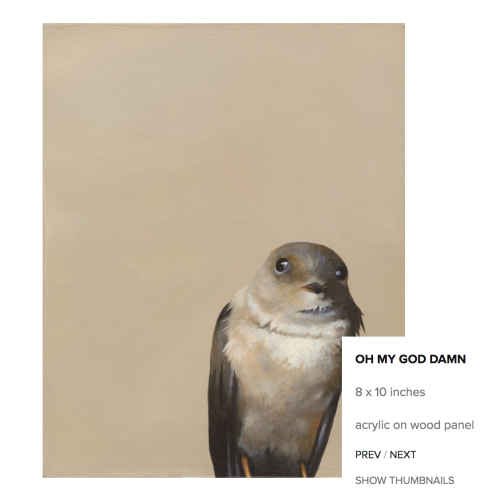

Tag yourself I’m the “Overdressed and Underappreciated”. Artist : http://www.mattadrian.com/
More Posts from Eggxecutive-dysfunction and Others
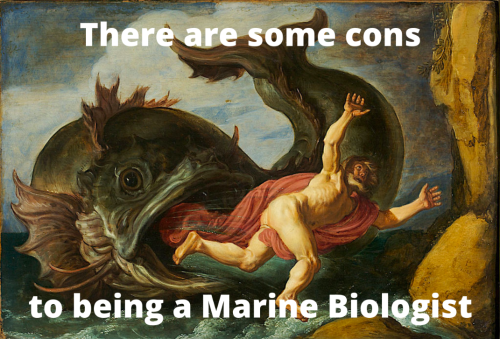

Martian Chiaroscuro : Deep shadows create dramatic contrasts between light and dark in this high-resolution close-up of the martian surface. Recorded on January 24, 2014 by the HiRISE camera on board the Mars Reconnaissance Orbiter, the scene spans about 1.5 kilometers. From 250 kilometers above the Red Planet the camera is looking down at a sand dune field in a southern highlands crater. Captured when the Sun was about 5 degrees above the local horizon, only the dune crests were caught in full sunlight. A long, cold winter was coming to the southern hemisphere and bright ridges of seasonal frost line the martian dunes. The Mars Reconnaissance Orbiter, one of the oldest operating spacecraft at the Red Planet, celebrated the 15th anniversary of its launch from planet Earth on August 12. via NASA

Solstice: Sunrises Around the Year : Does the Sun always rise in the same direction? No. As the months change, the direction toward the rising Sun changes, too. The featured image shows the direction of sunrise every month during 2019 as seen from near the city of Amman, Jordan. The camera in the image is always facing due east, with north toward the left and south toward the right. Although the Sun always rises in the east in general, it rises furthest to the south of east on the December solstice, and furthest north of east on the June solstice. Today is the December solstice, the day of least sunlight in the Northern Hemisphere and of most sunlight in the Southern Hemisphere. In many countries, the December Solstice is considered an official change in season: for example the first day of winter in the North. Solar heating and stored energy in the Earth’s surface and atmosphere are near their lowest during winter, making the winter months usually the coldest of the year. On the brighter side, in the north, daylight hours will now increase every day from until June. via NASA

Saturn and Jupiter in Summer 2020 : During this northern summer Saturn and Jupiter were both near opposition, opposite the Sun in planet Earth’s sky. Their paired retrograde motion, seen about every 20 years, is followed from 19 June through 28 August in this panoramic composite as they wander together between the stars in western Capricornus and eastern Sagittarius. But this December’s skies find them drawing even closer together. Jupiter and Saturn are now close, bright celestial beacons in the west after sunset. On solstice day December 21 they will reach their magnificent 20 year Great Conjunction. Then the two largest worlds in the Solar System will appear in Earth’s sky separated by only about 1/5 the apparent diameter of a Full Moon. via NASA


The Roasted Planet
Can you hear this exoplanet screaming? As the exoplanet known as HD 80606 b approaches its star from an extreme, elliptical orbit, it suffers star-grazing torture that causes howling, supersonic winds and shockwave storms across this world beyond our solar system. Its torturous journey boils its atmosphere to a hellish 2,000 degrees Fahrenheit every 111 days, roasting both its light and dark sides. HD 80606b will never escape this scorching nightmare. Download this free poster in English and Spanish and check out the full Galaxy of Horrors.
Make sure to follow us on Tumblr for your regular dose of space!
good fucking god you people get NAKED? IN THE FUCKING SHOWER???????? #FREAKS AMONG US

Eurasian Treecreeper (Certhia familiaris)
© Jon Lowes
would anyone like a nice warm glass of grungnort?

-
 toxictimemachine liked this · 3 weeks ago
toxictimemachine liked this · 3 weeks ago -
 fellixis liked this · 3 weeks ago
fellixis liked this · 3 weeks ago -
 sodasoop liked this · 3 weeks ago
sodasoop liked this · 3 weeks ago -
 noneorother liked this · 3 weeks ago
noneorother liked this · 3 weeks ago -
 peterhatesthestaff liked this · 4 weeks ago
peterhatesthestaff liked this · 4 weeks ago -
 word-worship reblogged this · 4 weeks ago
word-worship reblogged this · 4 weeks ago -
 chicken-bren-creative reblogged this · 4 weeks ago
chicken-bren-creative reblogged this · 4 weeks ago -
 bren-the-chicken liked this · 4 weeks ago
bren-the-chicken liked this · 4 weeks ago -
 wildlyhopefulcreature reblogged this · 4 weeks ago
wildlyhopefulcreature reblogged this · 4 weeks ago -
 wildlyhopefulcreature liked this · 4 weeks ago
wildlyhopefulcreature liked this · 4 weeks ago -
 optimisticgalaxynightmare reblogged this · 4 weeks ago
optimisticgalaxynightmare reblogged this · 4 weeks ago -
 jazz-ers reblogged this · 4 weeks ago
jazz-ers reblogged this · 4 weeks ago -
 terf-destroyer-inator-5000 liked this · 4 weeks ago
terf-destroyer-inator-5000 liked this · 4 weeks ago -
 damaged-genius reblogged this · 4 weeks ago
damaged-genius reblogged this · 4 weeks ago -
 jay1538 liked this · 4 weeks ago
jay1538 liked this · 4 weeks ago -
 restingears liked this · 4 weeks ago
restingears liked this · 4 weeks ago -
 featherlovesrobots liked this · 4 weeks ago
featherlovesrobots liked this · 4 weeks ago -
 lickthecowhappy liked this · 4 weeks ago
lickthecowhappy liked this · 4 weeks ago -
 theonevoice liked this · 4 weeks ago
theonevoice liked this · 4 weeks ago -
 haemey reblogged this · 4 weeks ago
haemey reblogged this · 4 weeks ago -
 tismrot reblogged this · 4 weeks ago
tismrot reblogged this · 4 weeks ago -
 jg-ggw reblogged this · 4 weeks ago
jg-ggw reblogged this · 4 weeks ago -
 sunsetstarving liked this · 4 weeks ago
sunsetstarving liked this · 4 weeks ago -
 spicysnekboii reblogged this · 4 weeks ago
spicysnekboii reblogged this · 4 weeks ago -
 deadpoetsfool reblogged this · 4 weeks ago
deadpoetsfool reblogged this · 4 weeks ago -
 cleo-patrick liked this · 4 weeks ago
cleo-patrick liked this · 4 weeks ago -
 oopsies-maeve-did-a-thing reblogged this · 4 weeks ago
oopsies-maeve-did-a-thing reblogged this · 4 weeks ago -
 oopsies-maeve-did-a-thing liked this · 4 weeks ago
oopsies-maeve-did-a-thing liked this · 4 weeks ago -
 stxrrstruckk reblogged this · 4 weeks ago
stxrrstruckk reblogged this · 4 weeks ago -
 stxrrstruckk liked this · 4 weeks ago
stxrrstruckk liked this · 4 weeks ago -
 whyfalloutwhenyoucanpanic reblogged this · 4 weeks ago
whyfalloutwhenyoucanpanic reblogged this · 4 weeks ago -
 whyfalloutwhenyoucanpanic liked this · 4 weeks ago
whyfalloutwhenyoucanpanic liked this · 4 weeks ago -
 writerwhoreads reblogged this · 4 weeks ago
writerwhoreads reblogged this · 4 weeks ago -
 writerwhoreads liked this · 4 weeks ago
writerwhoreads liked this · 4 weeks ago -
 sheendad reblogged this · 4 weeks ago
sheendad reblogged this · 4 weeks ago -
 lilacponds liked this · 4 weeks ago
lilacponds liked this · 4 weeks ago -
 thetimecrystal reblogged this · 4 weeks ago
thetimecrystal reblogged this · 4 weeks ago -
 chelly65 reblogged this · 4 weeks ago
chelly65 reblogged this · 4 weeks ago -
 chelly65 liked this · 4 weeks ago
chelly65 liked this · 4 weeks ago -
 yowlthinks reblogged this · 4 weeks ago
yowlthinks reblogged this · 4 weeks ago -
 yowlthinks liked this · 4 weeks ago
yowlthinks liked this · 4 weeks ago -
 a-beautiful-wasteland liked this · 4 weeks ago
a-beautiful-wasteland liked this · 4 weeks ago -
 smallishghost reblogged this · 4 weeks ago
smallishghost reblogged this · 4 weeks ago -
 thatidiashroudfan liked this · 4 weeks ago
thatidiashroudfan liked this · 4 weeks ago -
 viktuurishipper96 liked this · 4 weeks ago
viktuurishipper96 liked this · 4 weeks ago -
 delightfully-human-collection reblogged this · 4 weeks ago
delightfully-human-collection reblogged this · 4 weeks ago -
 jaggedcliffs reblogged this · 4 weeks ago
jaggedcliffs reblogged this · 4 weeks ago -
 h-llhound reblogged this · 4 weeks ago
h-llhound reblogged this · 4 weeks ago -
 h-llhound liked this · 4 weeks ago
h-llhound liked this · 4 weeks ago -
 thisisascrapbook liked this · 4 weeks ago
thisisascrapbook liked this · 4 weeks ago




